Select an Orthopaedic Specialty and Learn More
Use our specialty filter and search function to find information about specific orthopaedic conditions, treatments, anatomy, and more, quickly and easily.
GET THE HURT! APP FOR FREE INJURY ADVICE IN MINUTES
Shoreline Orthopaedics and the HURT! app have partnered to give you virtual access to a network of orthopaedic specialists, ready to offer guidance for injuries and ongoing bone or joint problems, 24/7/365.
Browse Specialties
-
- Foot & Ankle
- Sports Medicine
Achilles Tendon Rupture
An Achilles tendon rupture is a complete or partial tear that occurs when the Achilles tendon is stretched beyond its capacity. Forceful jumping or pivoting, or sudden accelerations of running, can overstretch the tendon and cause a tear. An injury to the tendon can also result from falling or tripping.
More Info -
- Arthritis
- Joint Disorders
- Physical Medicine & Rehabilitation (PM&R)
Arthritis Overview
According to estimates, one in every five people living in the United States has signs or symptoms of arthritis in at least one joint. There are many types of arthritis, but most fall into one of two major categories: osteoarthritis and rheumatoid arthritis, or RA. Arthritis is the leading cause of disability in the United States and it affects millions of people. Approximately half of all sufferers are under age 50.
More Info -
- Neck and Back (Spine)
- Pediatric Injuries
Backpack Safety
Backpacks that are too heavy or are worn incorrectly can cause a variety of problems for people of any age, especially children and teenagers. An improperly used backpack can injure muscles and joints, leading to severe back, neck and shoulder pain, as well as posture problems. However, backpacks do not cause scoliosis.
More Info -
- Hip
- Neck and Back (Spine)
- Physical Medicine & Rehabilitation (PM&R)
Sciatica
Most common between 30 and 50 years of age, sciatica is a pain in your lower back or hip that radiates to the back of your thigh and into your leg. Often people think that the source of the pain is the buttock, hip or thigh and seek medical care for a “hip” problem only to learn that the source of the pain is the lower back.
More Info -
- Arthritis
- Physical Medicine & Rehabilitation (PM&R)
- Shoulder
Shoulder Arthritis
Over time, the shoulder joint frequently becomes arthritic, with bone spur formation and loss of cartilage between the bones. This can cause pain in the top of the shoulder with overhead movement or reaching across the body. It can also cause tenderness or pain with pressure, such as from a back pack or bra strap.
More Info -
- Neck and Back (Spine)
- Pediatric Injuries
- Physical Medicine & Rehabilitation (PM&R)
- Sports Medicine
Spondylolysis & Spondylolisthesis
Many people with spondylolysis and spondylolisthesis do not experience obvious symptoms or pain. Often, a patient visits the doctor for activity-related lower back pain, only to be surprised by the diagnosis. Patients may experience what feels like a muscle strain, with pain that spreads across lower back, and is sometimes accompanied by leg pain. Spondylolisthesis can also cause spasms that stiffen the back and tighten hamstring muscles, resulting in changes to posture and gain.
More Info -
- Hip
- Joint Disorders
- Joint Replacement & Revision
Total Hip Replacement (Hip Arthroplasty)
In a total hip replacement, or total hip arthroplasty, the damaged bone and cartilage is removed and replaced with prosthetic components. Many different types of designs and materials are currently used in artificial hip joints. Your surgeon will recommend the most appropriate implants and surgical approach for your needs.
More Info -
- Joint Disorders
- Joint Replacement & Revision
- Knee
Total Knee Replacement (Knee Arthroplasty)
People who benefit from total knee replacement surgery often experience one or more of the following: severe knee pain or stiffness that limits everyday activities; difficulty walking more than a few blocks without pain or support; moderate or severe pain while resting, day or night; chronic knee inflammation and swelling that does not improve with rest or medication; knee deformity; failure to substantially improve with treatments.
More Info



